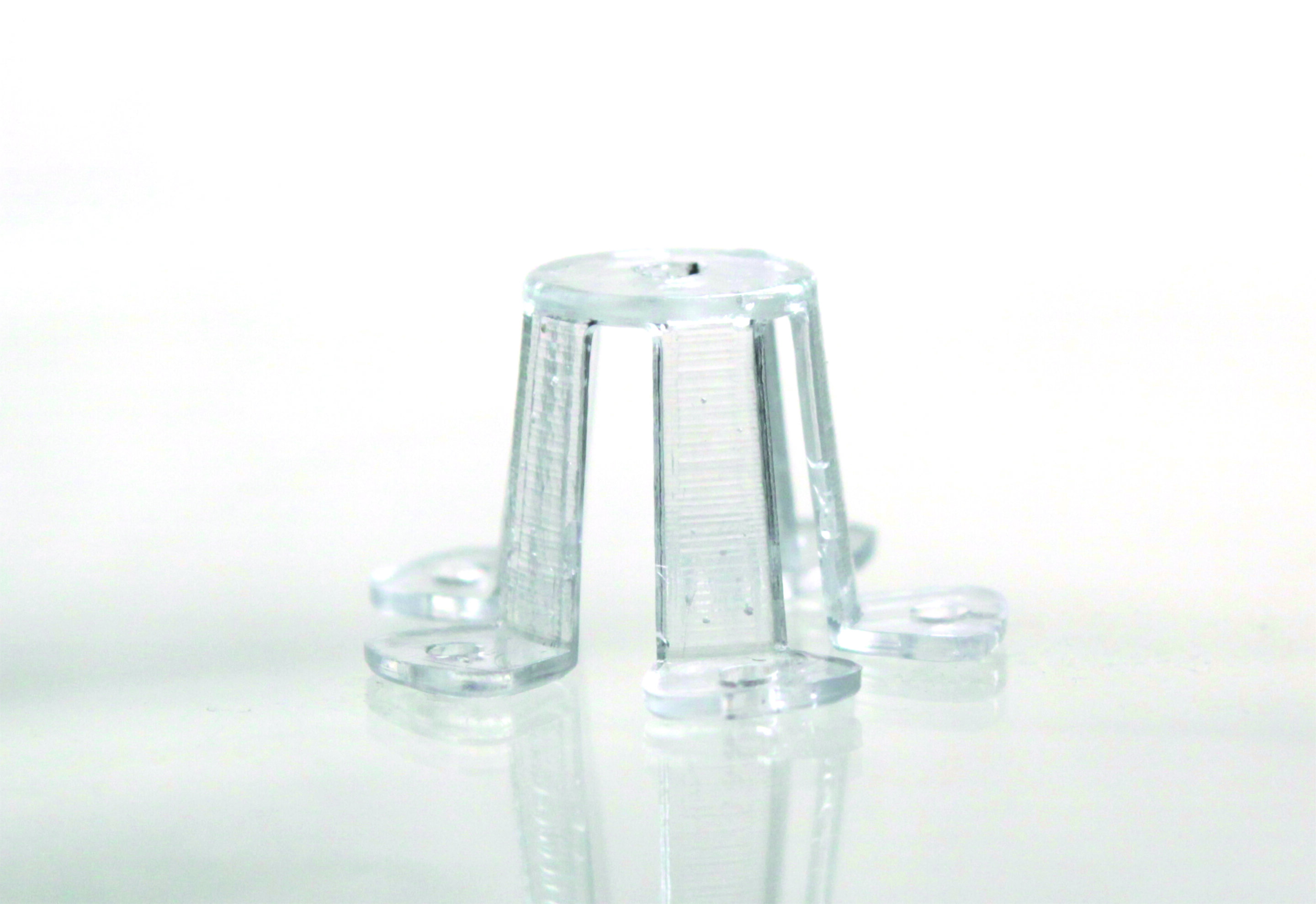Glass injection molding
12. 4. 2021 | University of Freiburg | uni-freiburg.de/en/
Glass is ubiquitous, from high-tech products in the fields of optics, telecommunications, chemistry and medicine to everyday objects such as bottles and windows. However, shaping glass is mainly based on processes such as melting, grinding or etching. These processes are decades old, technologically demanding, energy-intensive and severely limited in terms of the shapes that can be realized.
For the first time, a team led from the Laboratory of Process Technology at the Department of Microsystems Engineering at the University of Freiburg, in collaboration with the Freiburg-based start-up Glassomer, has developed a process that makes it possible to form glass easily, quickly and in almost any shape using injection molding.

Injection molding is the most important process in the plastics industry and enables the fast and cost-effective production of components in so-called high-throughput in almost any shape and size. Transparent glass could not be molded in this process until now. With the newly developed Glassomer injection molding technology from a special granulate designed in-house, it is now possible to also mold glass in high throughput at just 130 °C. The injection-molded components from the 3D printer are then converted into glass in a heat treatment process: The result is pure quartz glass. This process requires less energy than conventional glass melting, resulting in energy efficiency. The formed glass components have a high surface quality, so that post-treatment steps such as polishing are not required.
Red more at University of Freiburg
Image Credit: Glassomer GmbH
-jk-




